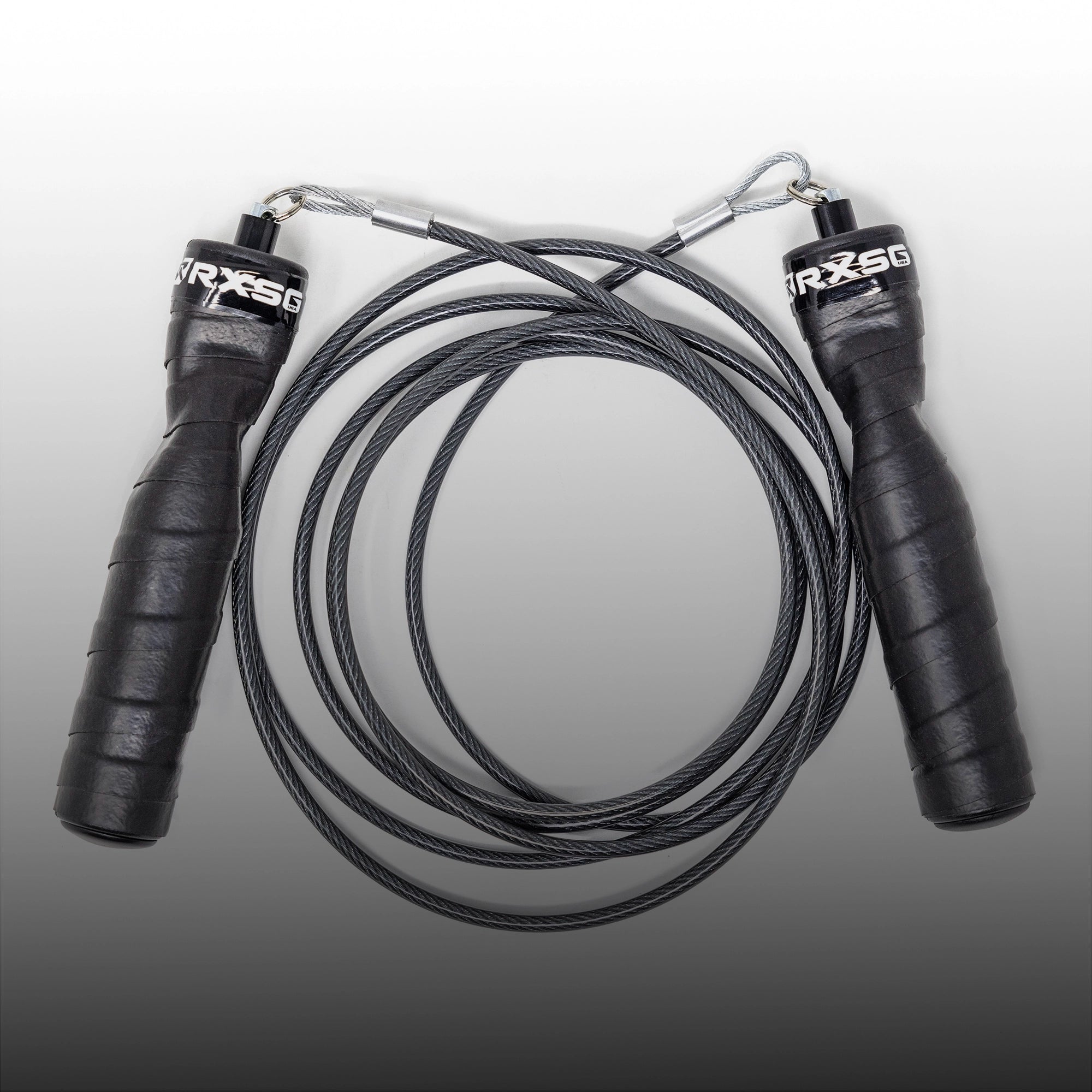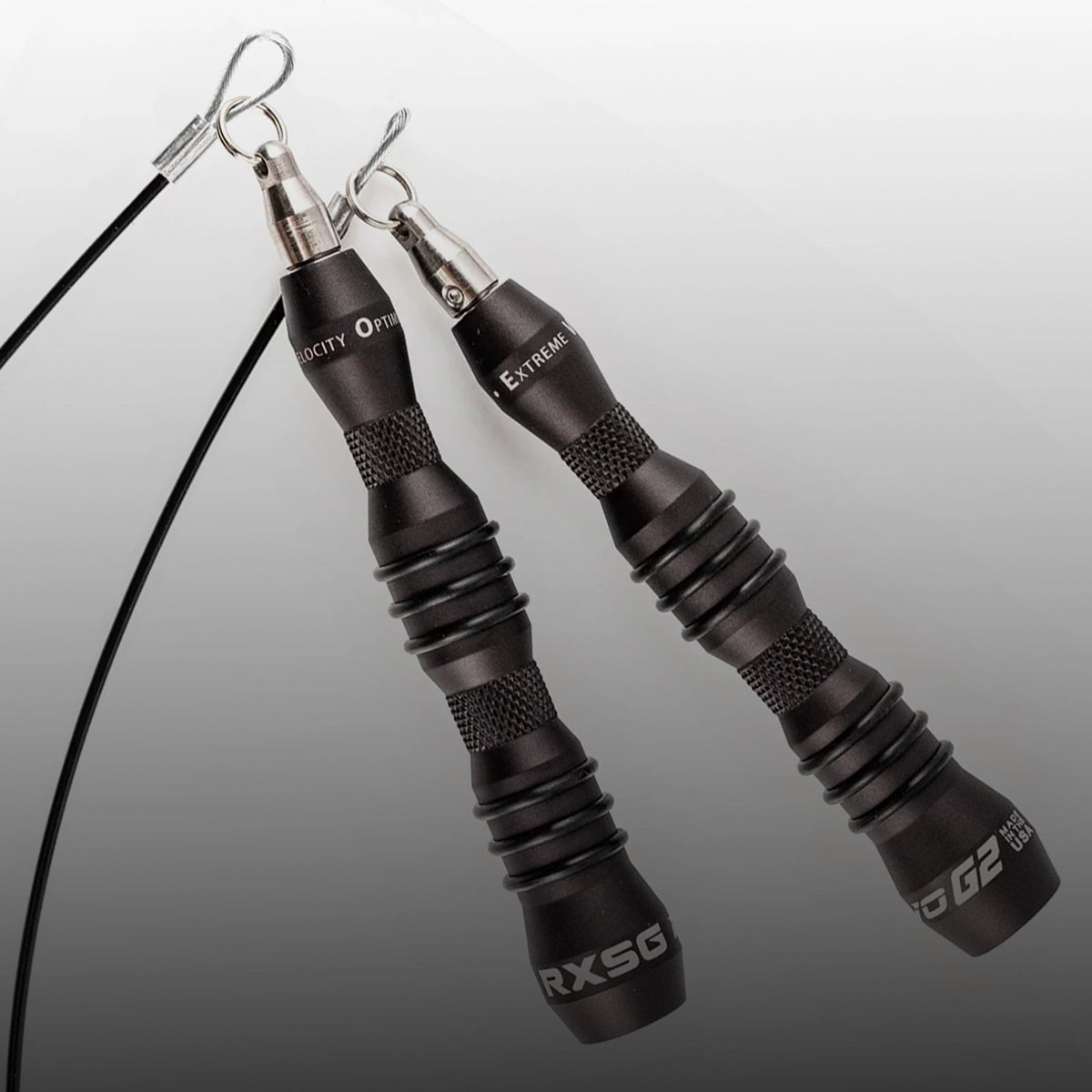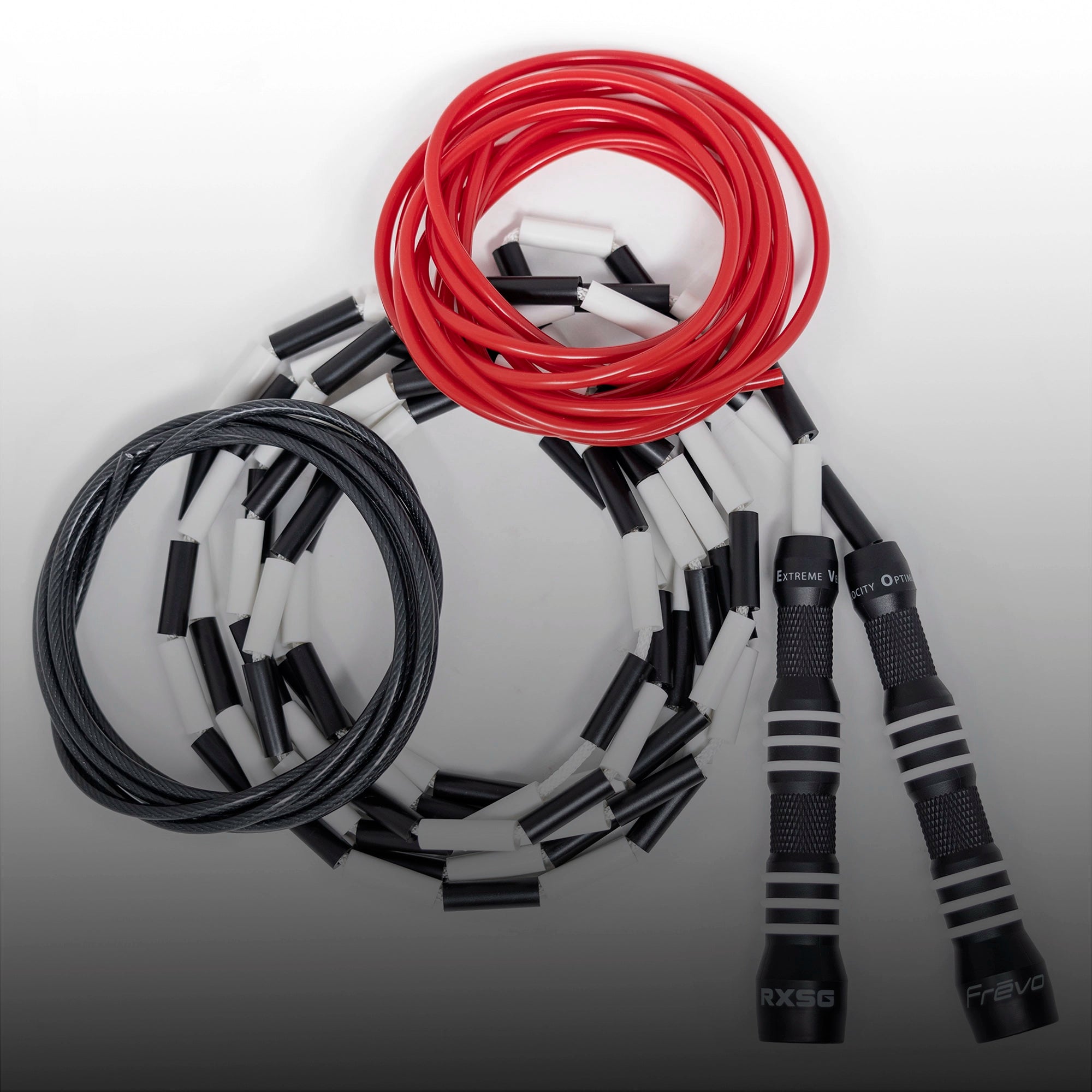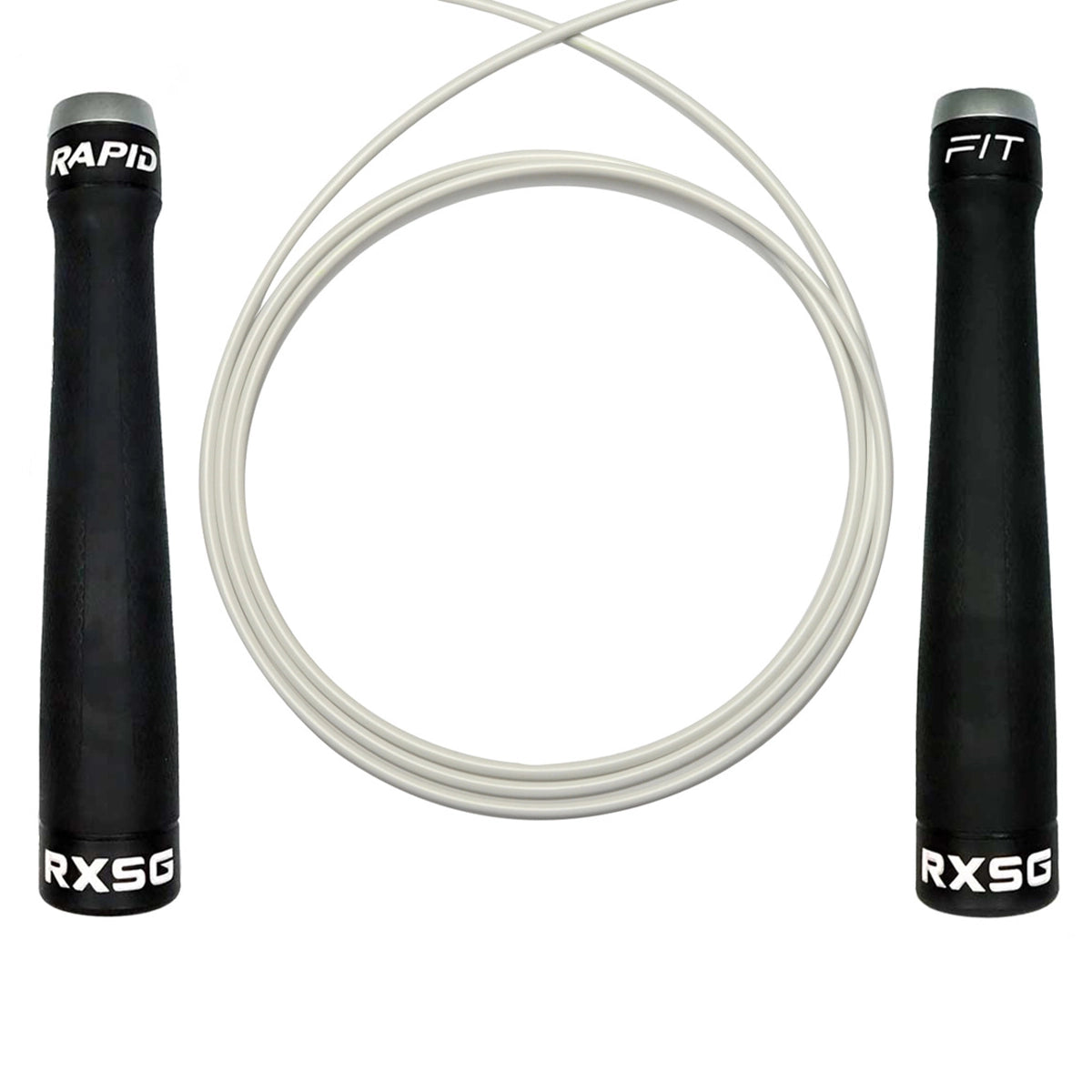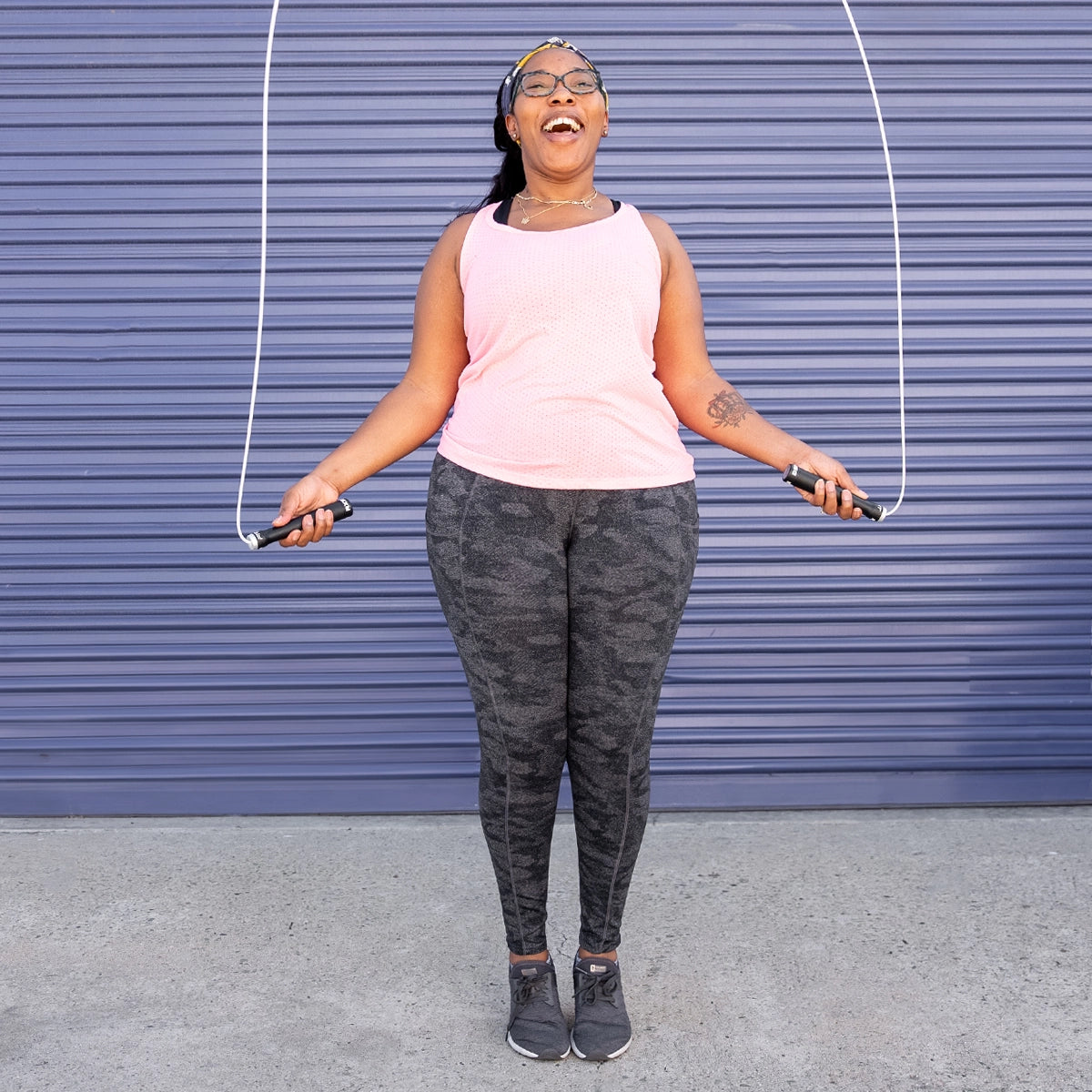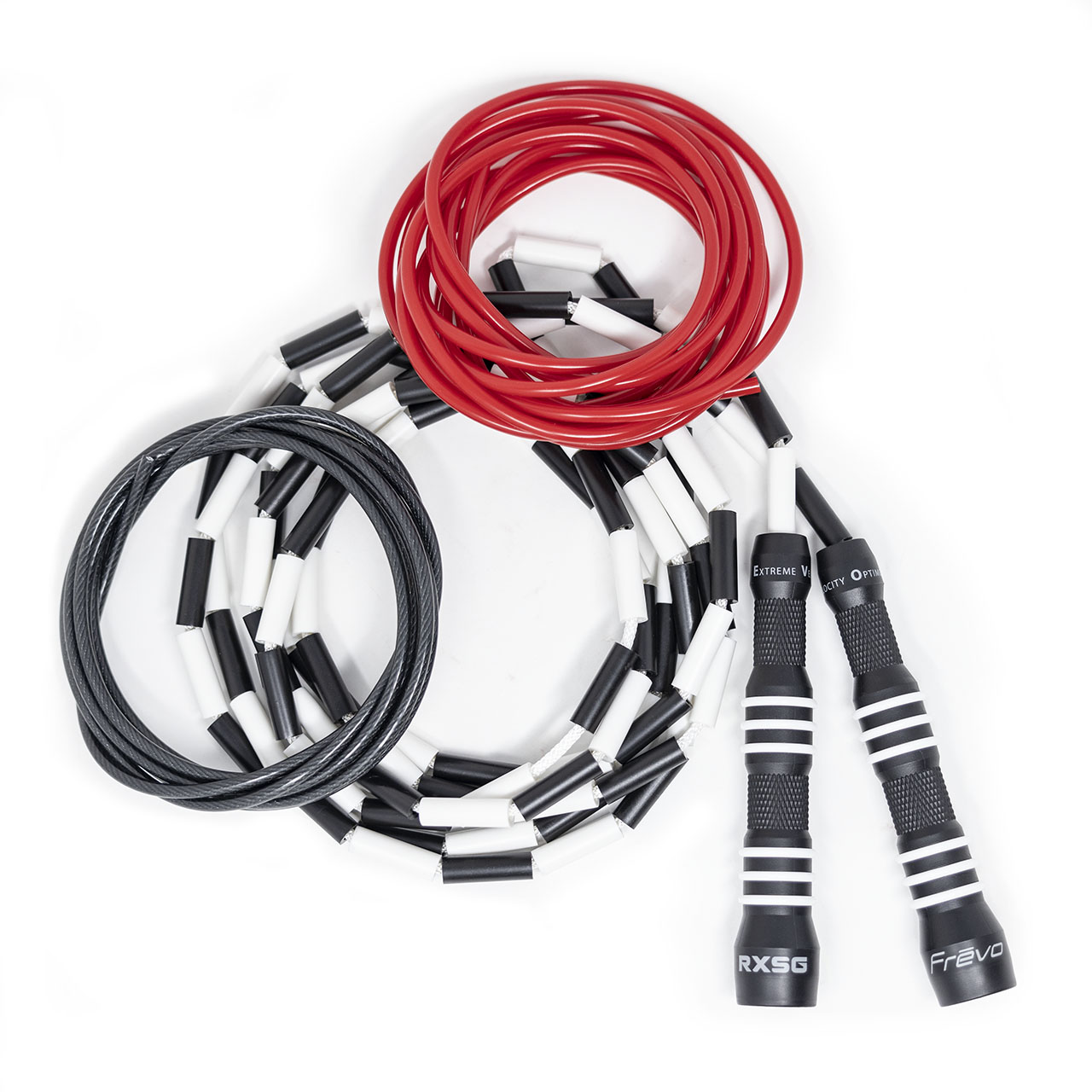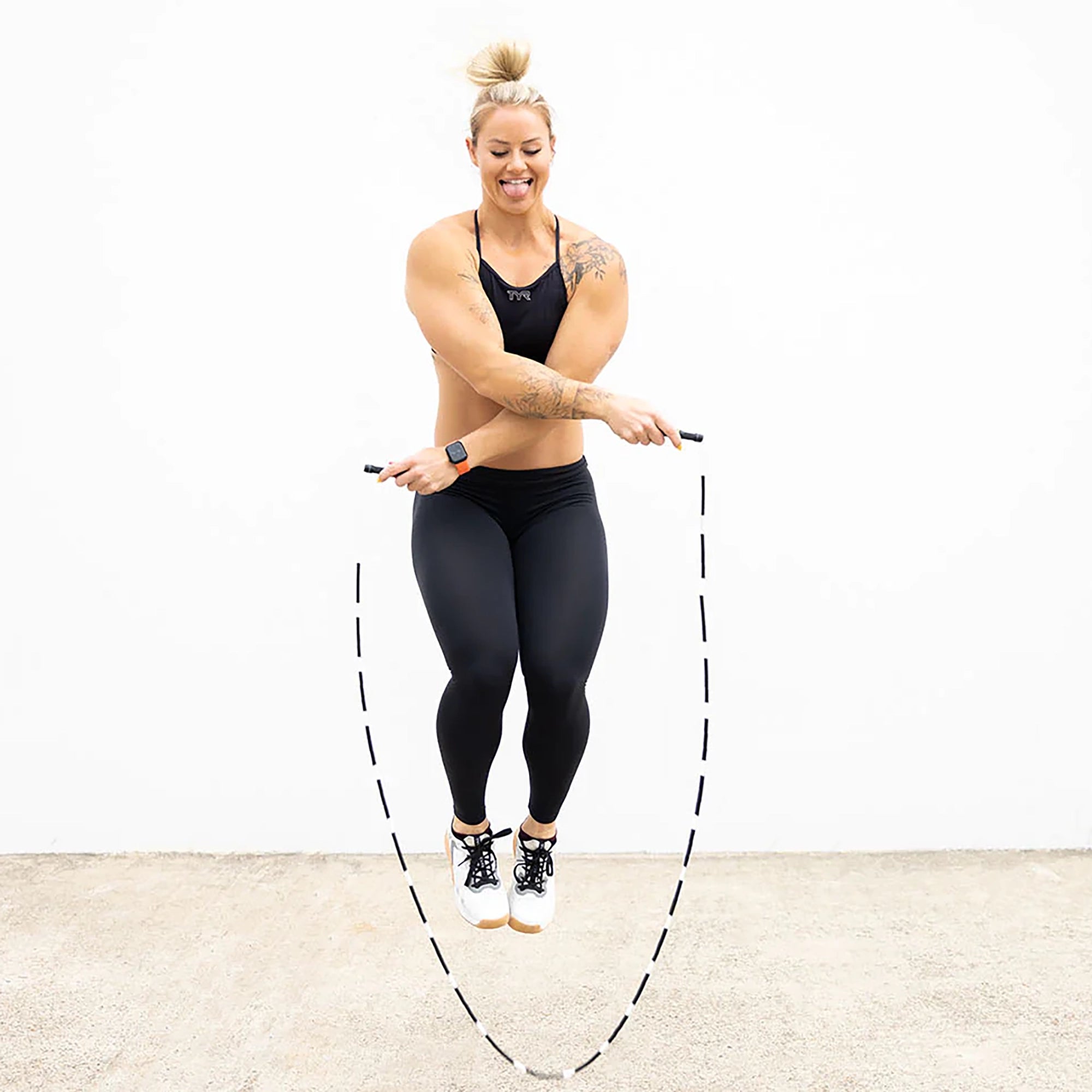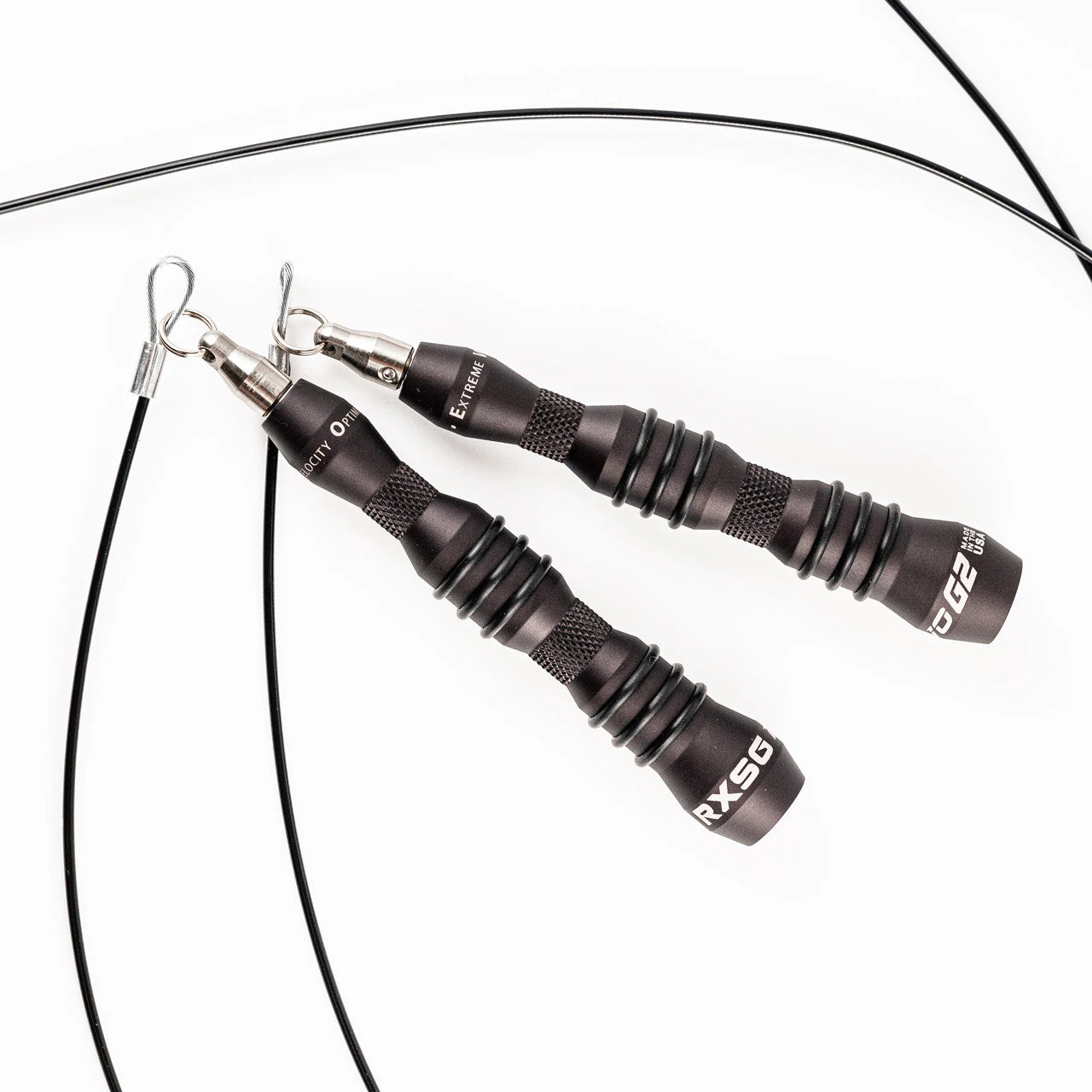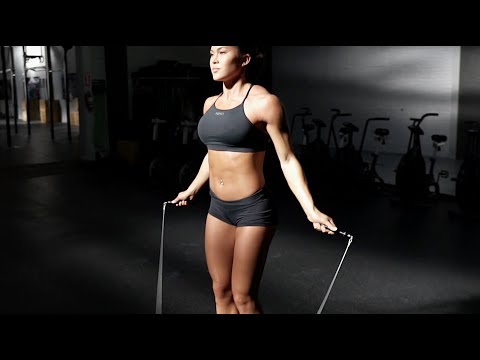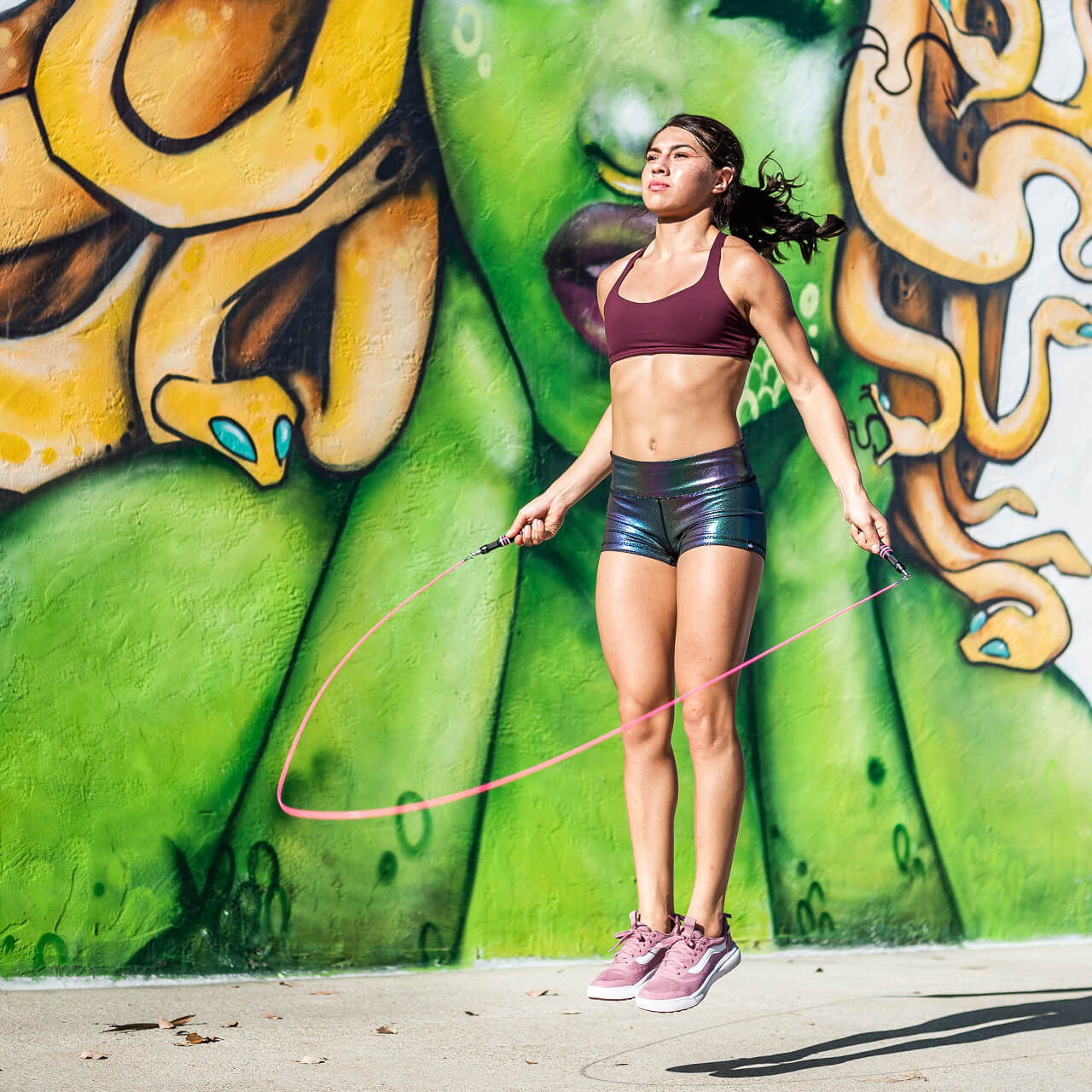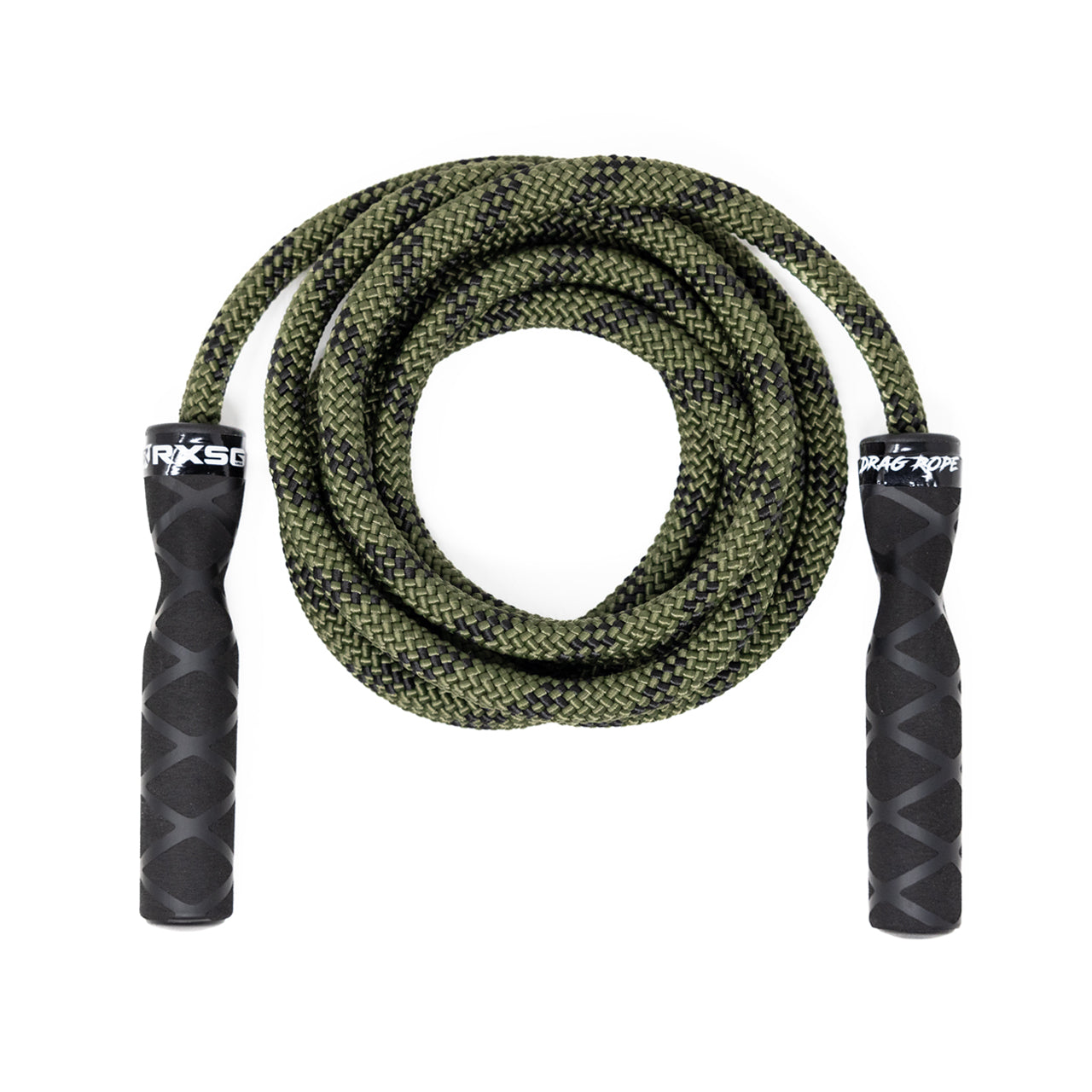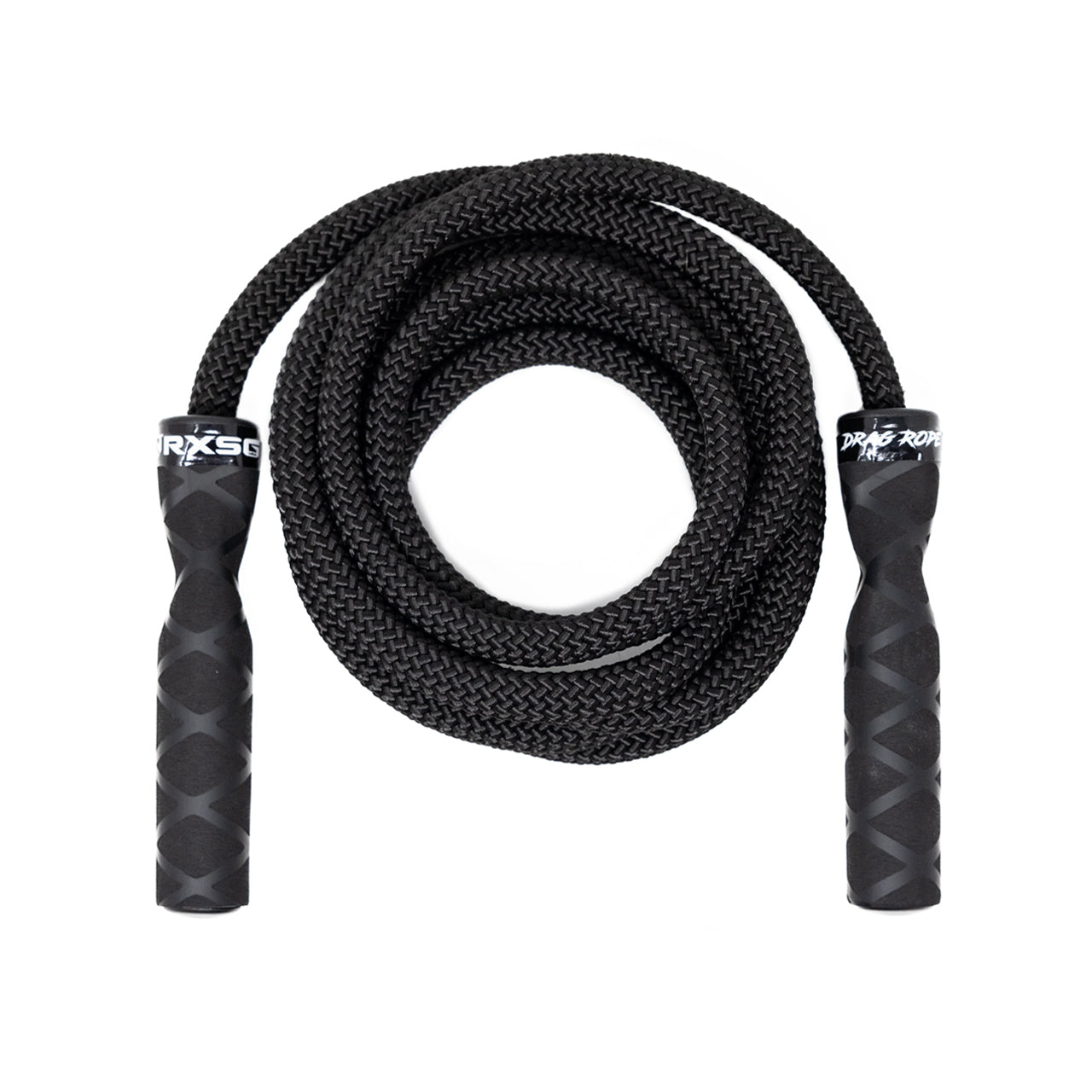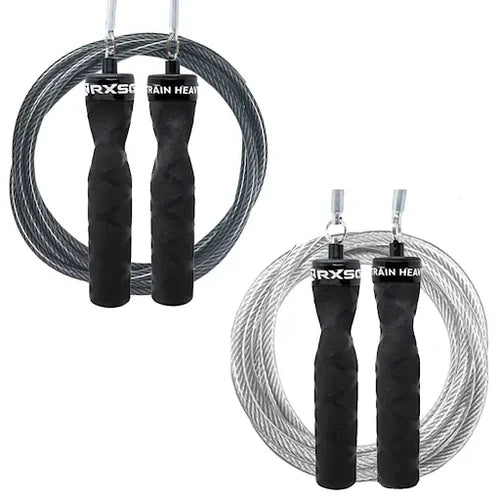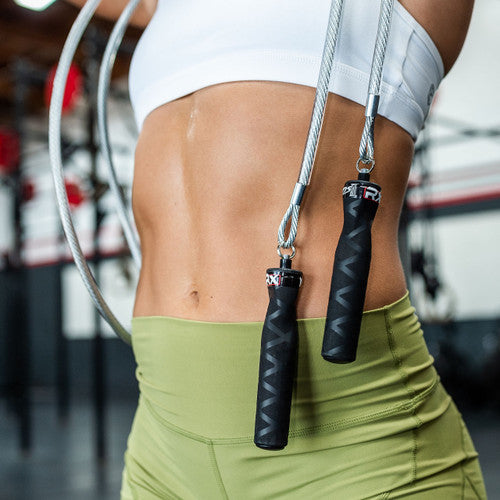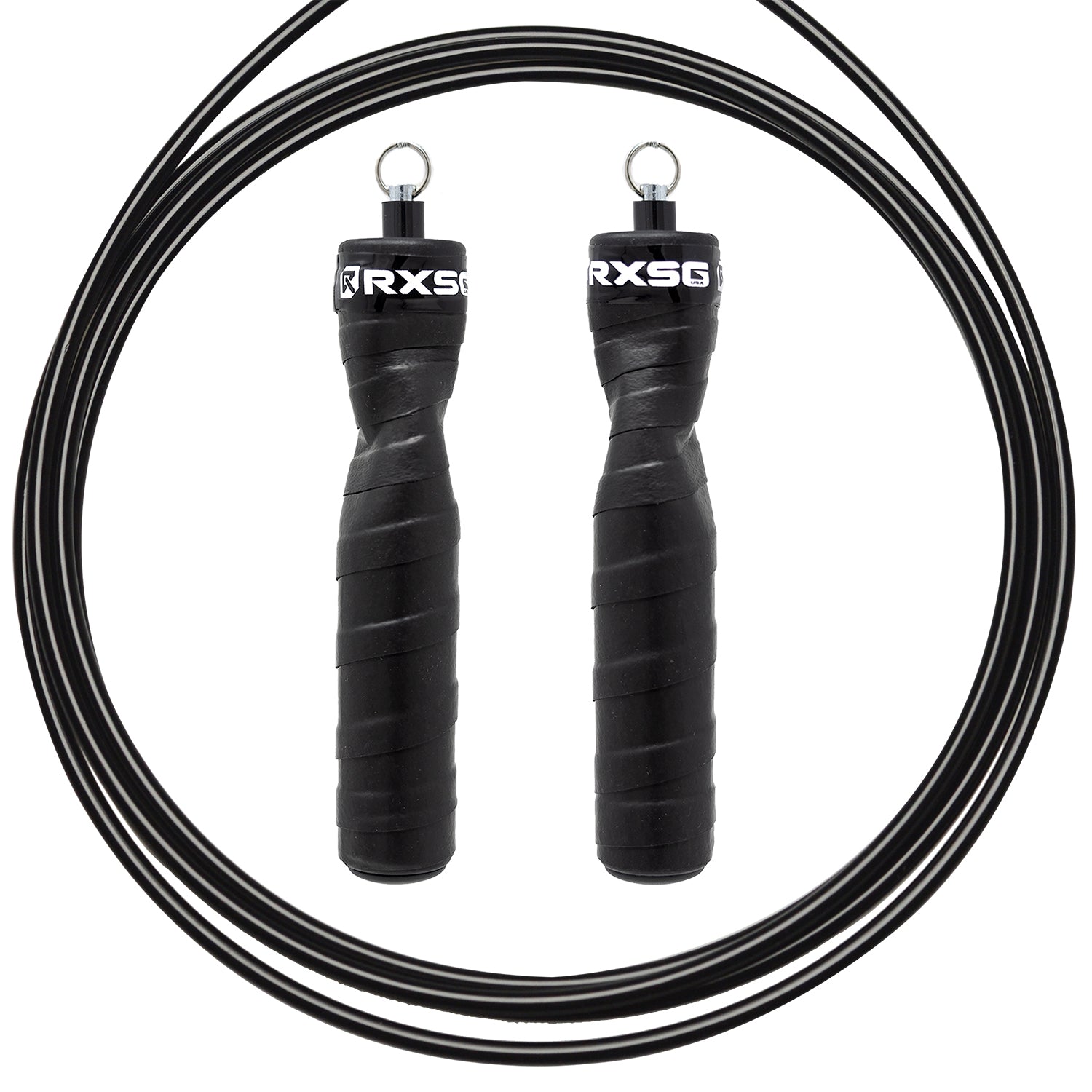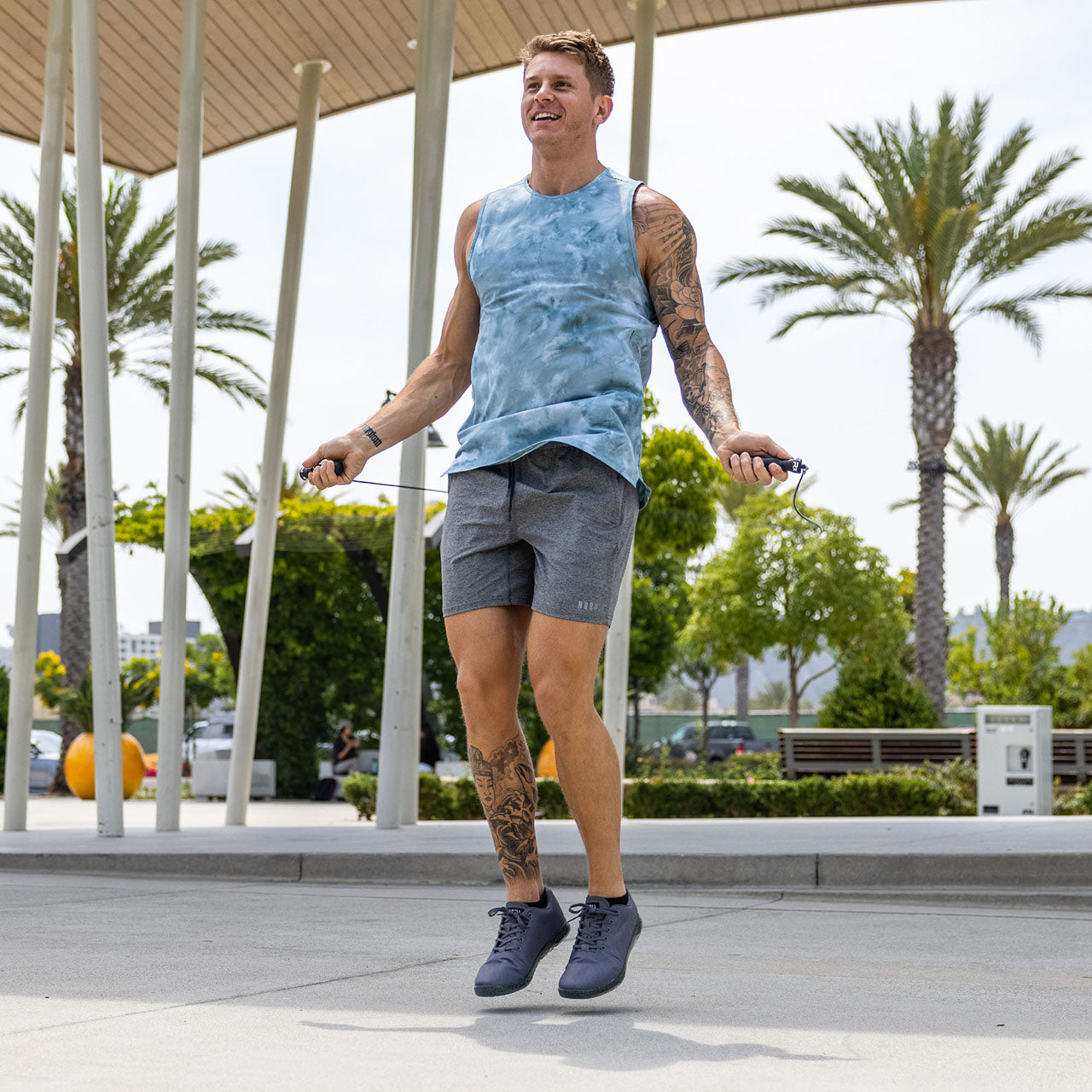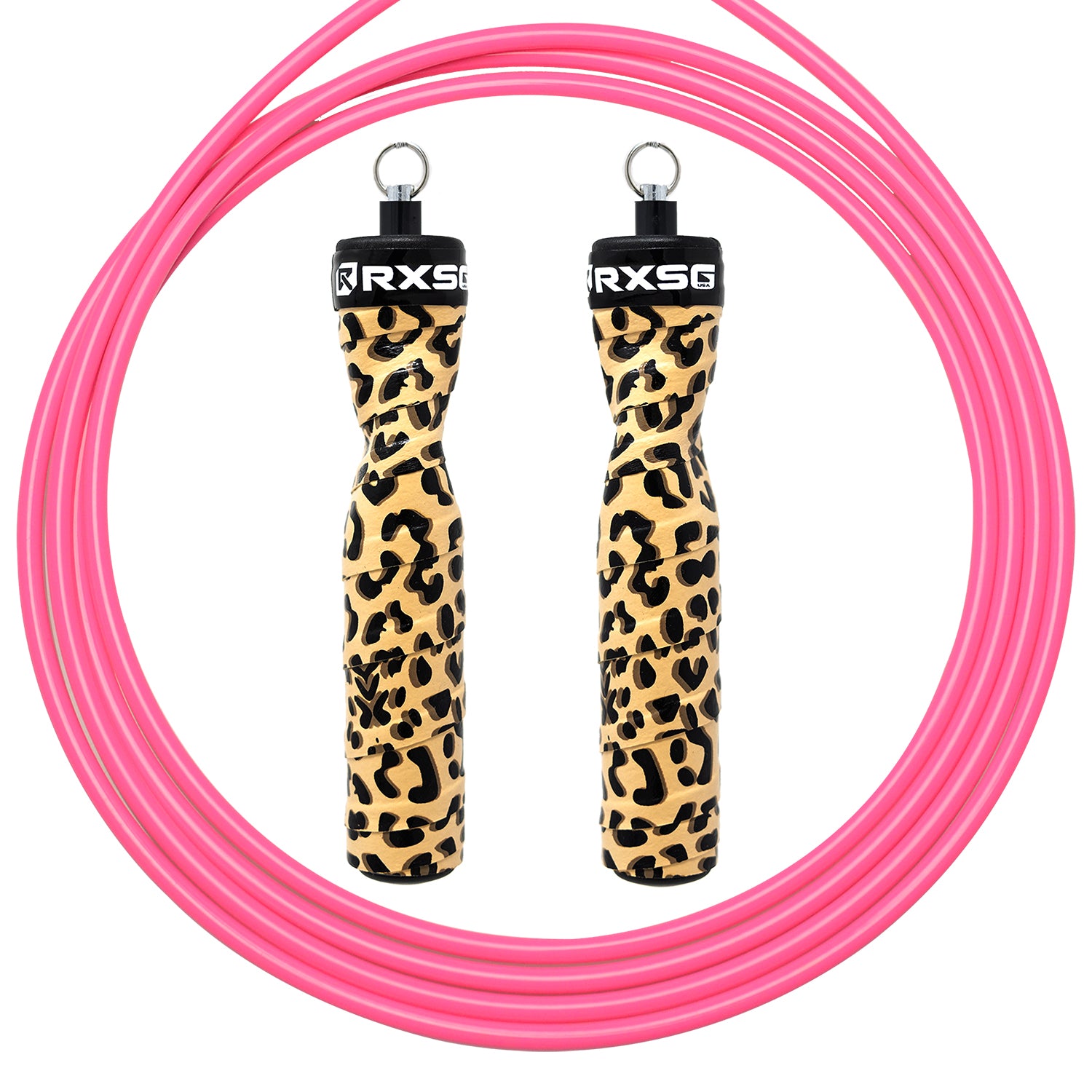Why do my calves hurt during jump rope?
There could be several reasons why your calves are hurting during jump rope workouts.
Let’s explore a few factors that might contribute to calf pain during a jump rope workout:
Muscle fatigue: Jumping rope primarily engages the calf muscles, and if you're new to this exercise or have increased the intensity or duration suddenly, your calf muscles might not be accustomed to the stress, leading to muscle fatigue and soreness. If you are someone who is new to jump rope workouts, take it slow and gradually build up your intensity to avoid injury.
Inadequate warm-up: Insufficient warm-up before the jump rope session can contribute to muscle strain and soreness. Warm-up exercises prepare your muscles for the physical activity ahead, increasing blood flow and flexibility, which can help prevent injuries.

Incorrect form: Using improper form while jumping rope can put unnecessary strain on your calf muscles. Landing too hard or on the balls of your feet without proper cushioning can lead to increased impact and subsequent discomfort.
Inadequate footwear: Wearing shoes that do not provide adequate support or cushioning can lead to discomfort and pain in your calves. It's important to wear appropriate footwear that provides sufficient shock absorption and stability.
Overtraining: Overtraining without giving your body enough time to recover can lead to muscle fatigue and injury. It's crucial to incorporate rest days into your workout routine to allow your muscles to repair and strengthen. If you are working on a cool new skill, such as double under crossovers. Don’t over do it! Be smart.
Let’s go over a few things that can help:
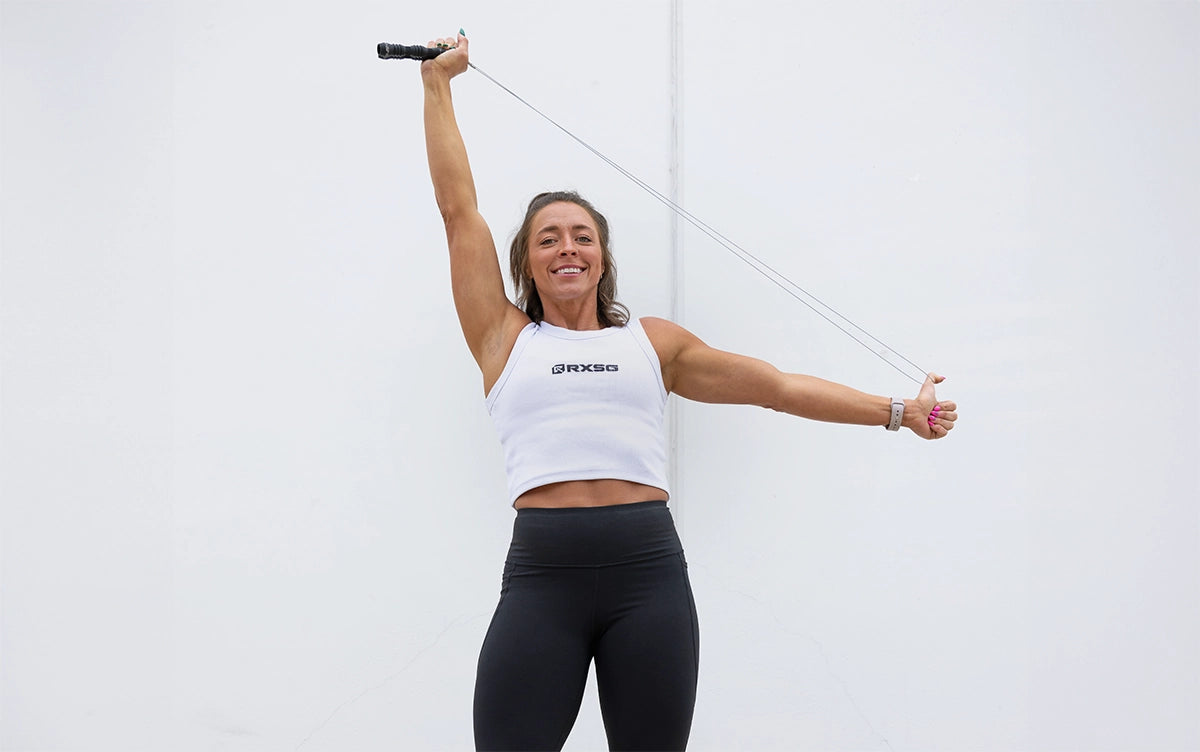
Stretching your calves with Kisha | Rx Smart Gear
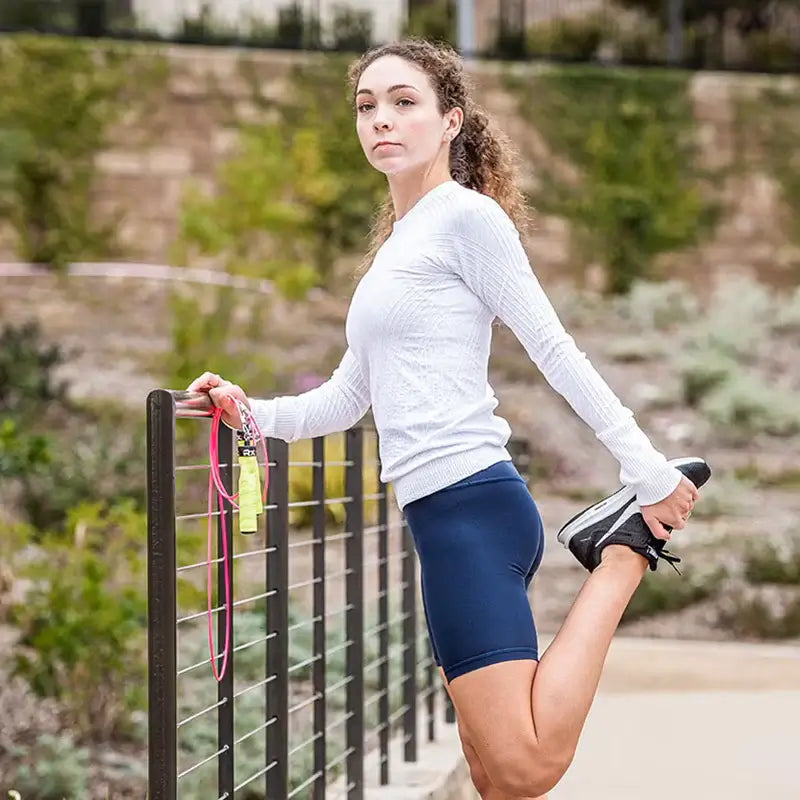
- Make sure you have proper jump rope shoes that offer good support and cushioning.
- Start your workouts with a thorough warm-up, including dynamic stretches and light cardio, to prepare your muscles for the activity.
- Focus on maintaining the correct form while jumping rope; make sure you land softly on the balls of your feet with slightly bent knees.
- Gradually increase the intensity and duration of your jump rope sessions to allow your muscles to adapt to the stress.
- Incorporate regular stretching exercises, especially for your calf muscles, to improve flexibility and reduce the risk of muscle strain.
If the pain persists or worsens, please consult with a healthcare professional for a proper evaluation and guidance.
Happy jumping, everyone!

